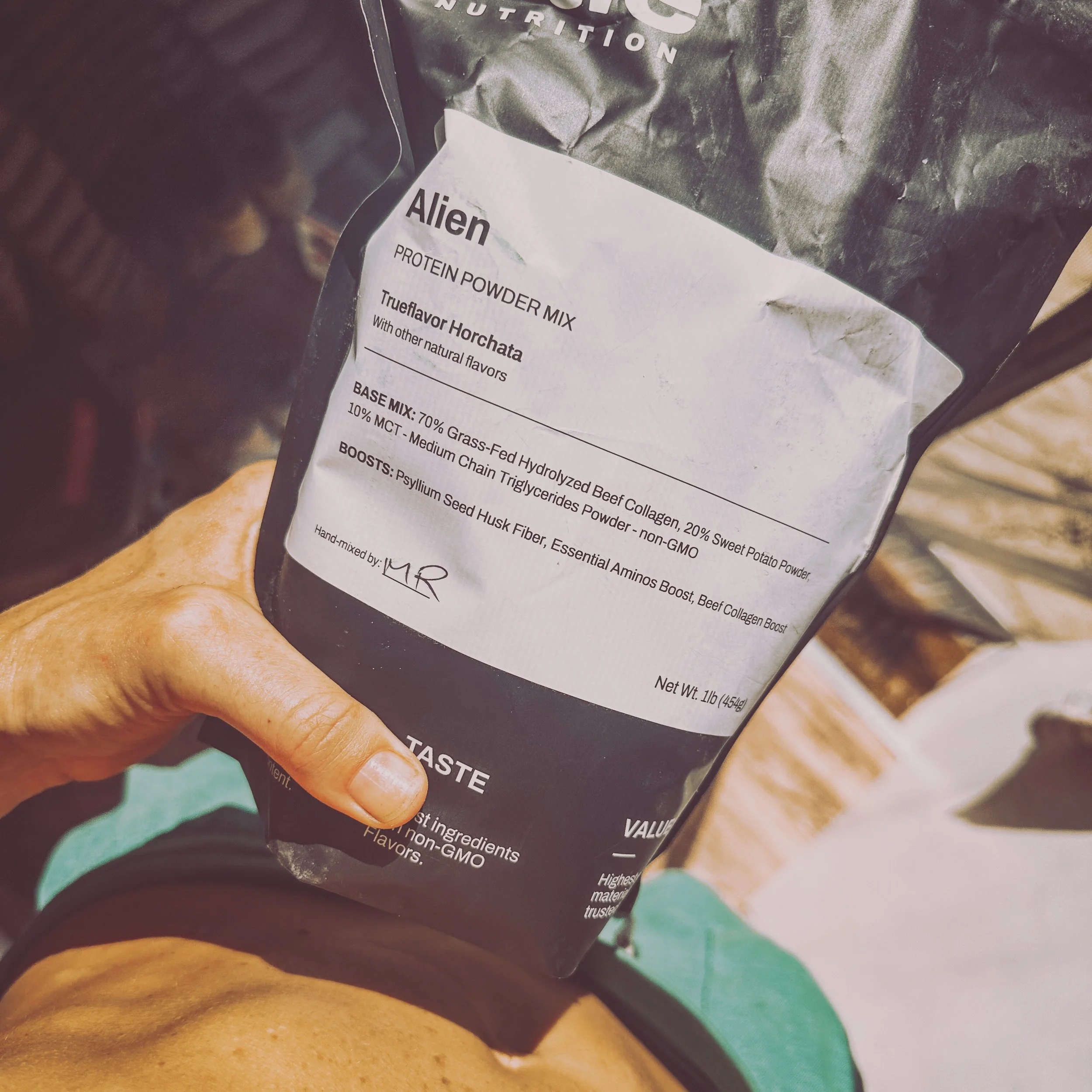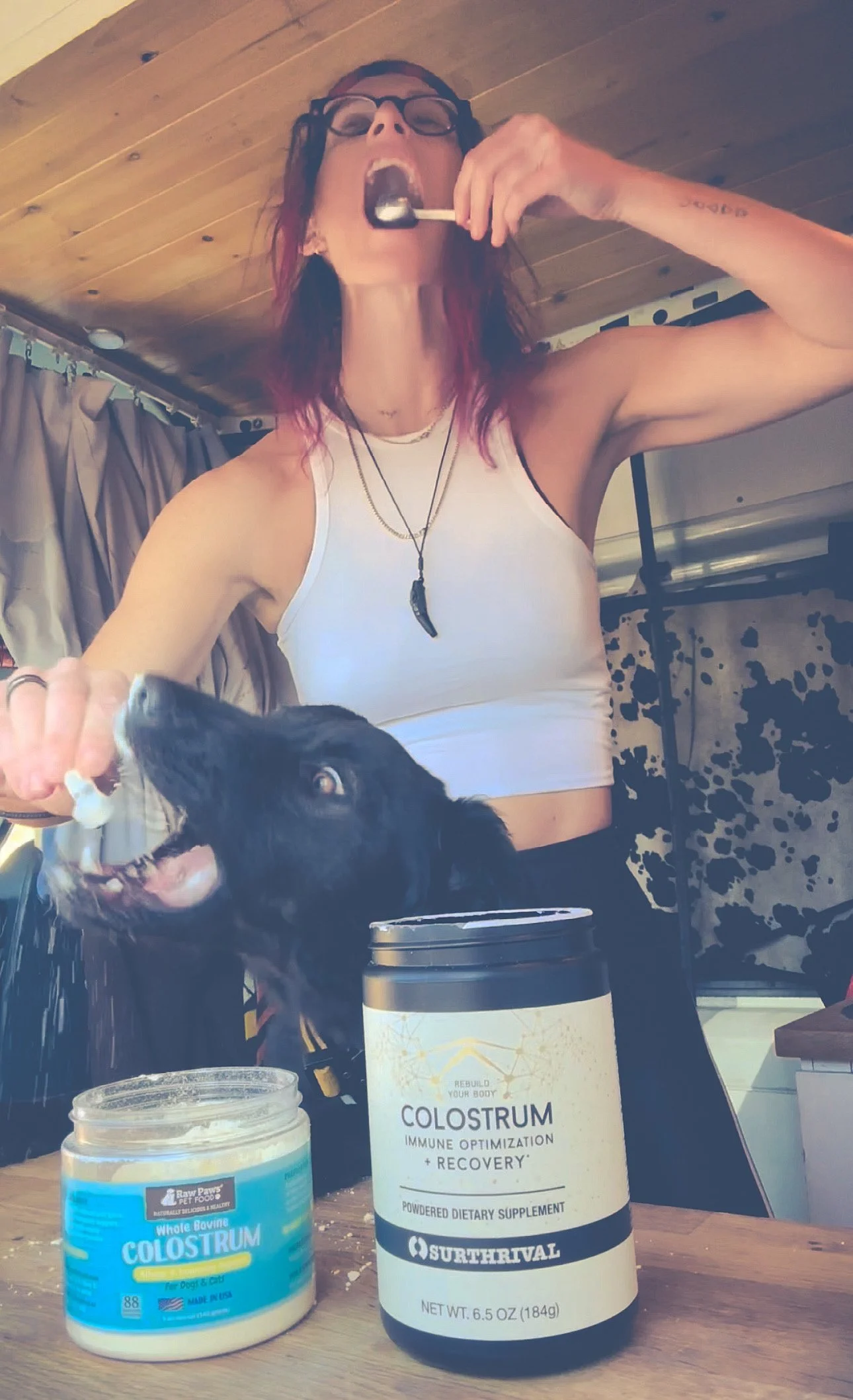
Breath Is Strength: The Science of Stability, Power, and Endurance
Breath is not just background noise. It’s biomechanics. It’s neurology. It’s the bridge between tension and relaxation, between effort and recovery. It dictates strength, stability, and endurance long before muscle takes over.
Yet breath is often an afterthought. It happens automatically, unconsciously. But in training, unconscious breath is unstable breath. Strength is not just about force generation—it’s about pressure management, about knowing when to brace and when to release, when to create tension and when to allow movement.
Let’s get into the science.

Move Like Your Life Depends on It—Because It Does
When we move, we aren't just burning calories or strengthening muscles. We are sending biochemical signals that alter our mood, enhance cognitive function, regulate stress responses, and even protect against neurodegeneration. And just as movement has the power to build a more resilient, adaptable brain, the absence of movement can do the opposite—dulling cognition, increasing inflammation, and contributing to mental and emotional imbalances.

Healing the Nervous System: What Vestibular Therapy Taught Me About Trauma, Recovery, and Resilience
Vestibular dysfunction is a perfect allegory for how trauma is stored in the body. Both involve miscommunication between the brain and the autonomic nervous system (ANS)—a glitch in perception that tells the body it isn’t safe, even when it is. And both require the same counterintuitive approach for a meathead like me: not forcing, but listening. Not pushing, but pacing. This process requires patience, presence, and a willingness to listen deeply.

Could Ketamine Accelerate Concussion Recovery? Insights from an N=1 Case Study
In this post I share why I chose to try ketamine as an acute intervention for a traumatic brain injury, the science behind its potential benefits for brain injury recovery, the risks I considered, and the possibility of future clinical trials. Please note, this is an N=1 experiment—just one person’s experience. If you’re considering a similar approach, I strongly encourage you to consult with a healthcare professional first.

Gains or Pains: What’s Lurking in Your Protein Powder?
If you know me, you know I rely on protein powders, ironically, because I’m so particular about food quality. I like having something I trust on hand, especially when life on the road makes it hard to find reliable options. However, recent findings from the Clean Label Project have cast a dark shadow over the industry, raising serious concerns about the presence of heavy metals like lead, cadmium, arsenic, and mercury in these widely consumed supplements.

The Shape of Grief
For anyone navigating their own shadows, I invite you to explore the stories you tell about your grief. Write them down, speak them out loud, or share them with someone who can bear witness. In doing so, you may find not answers, but a sense of connection to the process—a reminder that the shifting ground beneath your feet is also where your story continues.

Intelligent Supplementation: The Essential Nutrients to Boost Health, Energy, and Performance
In a perfect world, food alone would supply everything our bodies need to thrive. Unfortunately, modern living has made this less and less likely.
Supplements fill this gap, but supplementation is not a one-size-fits-all solution, and it comes with challenges. How do you identify what you need? What forms are the most effective? When should you take them, and in what combinations?

The Science of Interoception: Listening to the Wisdom Within
Imagine walking into a room and sensing that it feels warm and inviting—not because of the decor but because you feel physically at ease. Or consider the moments when your chest tightens as you anticipate a difficult conversation, or your stomach flutters before a significant event. These sensations, subtle yet profound, are your body’s way of communicating its internal state—a phenomenon known as interoception.

The Radical New Year’s Resolution: Embracing Your Authentic Self
As the calendar turns and the collective drumbeat of New Year's resolutions grows louder, it’s easy to get swept up in the narrative that you need to become someone else—stronger, thinner, more organized, more ambitious. But what if, instead of striving to change, you resolved to be more of yourself? What if the goal wasn’t transformation but reclamation?

The Neuroscience of Rest: How Slowing Down Fuels Brain Health
December is a natural time for rest, both biologically and culturally. As daylight shortens and temperatures drop, our bodies naturally crave more sleep due to increased melatonin production from reduced sunlight. Culturally, December often brings a break from work and an opportunity to slow down, spend time with loved ones, and recharge.
This seasonal shift aligns with our brain’s need for rest, helping consolidate memories, process information, and support neuroplasticity—the brain’s incredible ability to adapt and rewire itself. Embracing rest during this time isn’t just a cultural norm but a biological necessity. By understanding the neuroscience behind rest, we can intentionally create space for our brains to recover, optimize function, and prepare for the year ahead.

HIIT vs. HIRT: Why Strength Training Should Be the Core of Your Workouts
I talk a lot about High-Intensity Interval Training (HIIT) for its incredible brain and nervous system benefits. It’s quick, effective, and has a profound impact on neuroplasticity and stress resilience. But when it comes to building lasting strength, supporting metabolic health, and creating a foundation for long-term resilience, High-Intensity Resistance Training (HIRT) is the real star of the show.
Most of my workouts center around HIRT, and for good reason. It offers a unique blend of physical, cognitive, and nervous system benefits that go beyond what HIIT alone can achieve. Let’s dive into what makes each method unique, how they compare, and why HIRT deserves to take center stage in your routine.

Beyond the Journey: The Art and Science of Psychedelic Integration
Why Integration is Essential to Unlock the Potential of Psychedelic Therapy